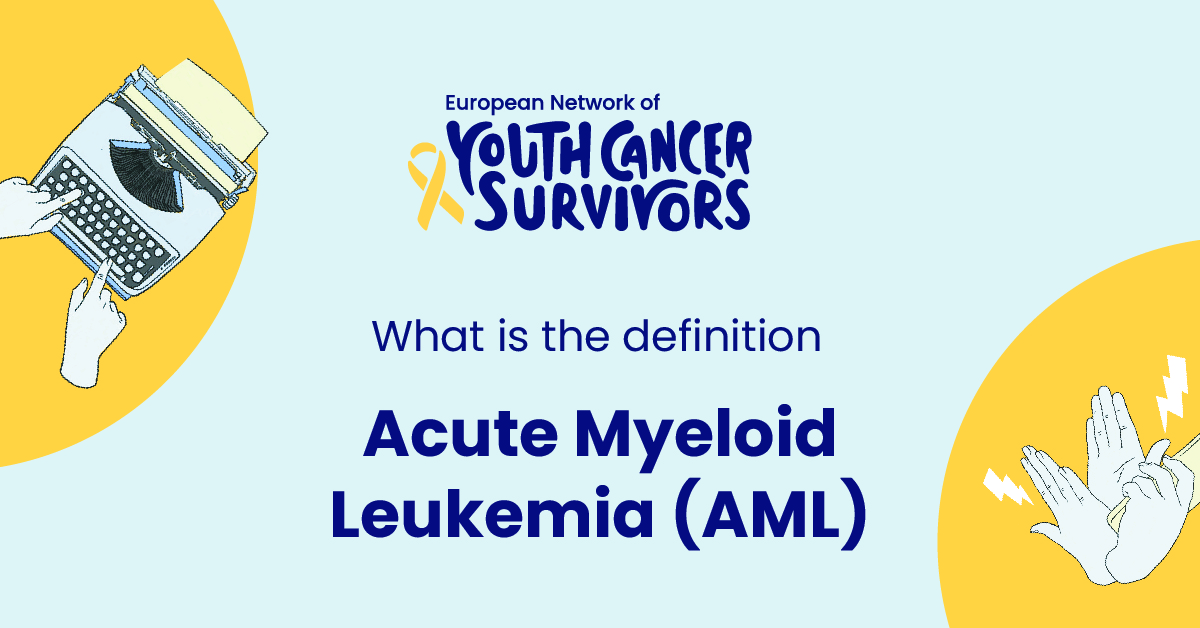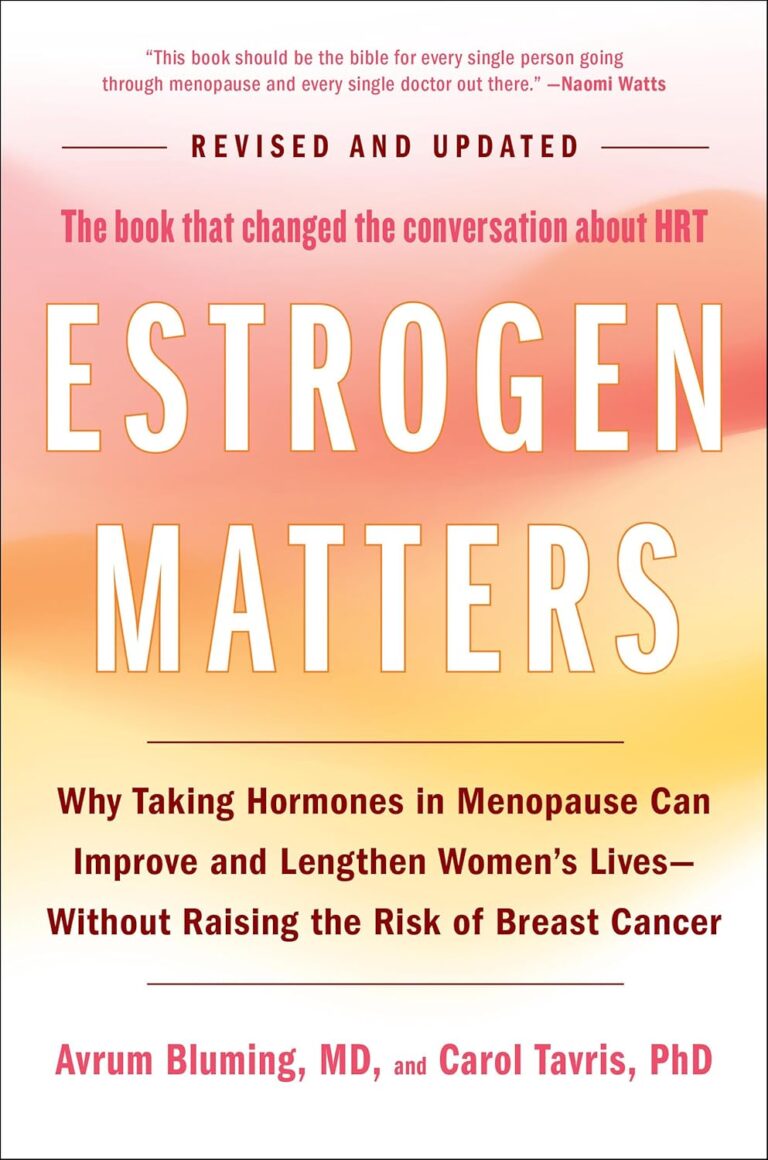
With the ever-evolving medical innovations in today’s world, knowledge is power. Herein lies the importance of understanding acute myeloid leukemia (AML), a common form of leukemia, impacting people globally. This comprehensive guide aims to shed light on this disease, detailing everything from its definition and causes to its symptoms, treatment options, and what living with AML entails.
Acute Myeloid Leukemia (AML) Defined
Definition and Identification
Acute Myeloid Leukemia, commonly known as AML, is a severely aggressive type of blood cancer originating from the myeloid cells in the bone marrow. At the most basic level, it is identified by the rapid growth of abnormal cells which hinder the production of normal blood cells.
Differentiating AML from Other Types of Leukemia
AML is primarily differentiated from other forms of leukemia by the cells it affects—myeloid cells. Other types of leukemia, such as acute lymphoblastic leukemia (ALL), affect lymphoid cells. Furthermore, AML progresses rapidly and demands immediate intervention compared to its chronic counterparts.
The Anatomy of AML
How AML Affects the Blood Cells
AML’s development starts in the bone marrow. Here, the abnormal growth of immature myeloid cells, or blasts, compete for space, inhibiting the production of healthy red and white blood cells and platelets.
Understanding the Myeloid Line of Blood Cell Production
The myeloid line of blood cell production is responsible for developing various blood cells, including red blood cells, platelets, and some white blood cells. Interference with this mechanism results in AML, delineating the need for optimal functioning of the myeloid line.
Causes of Acute Myeloid Leukemia
Genetic Factors
It is crucial to recognize that AML isn’t a genetically inherited disease. However, certain genetic mutations can increase the likeliness of acquiring AML. Additionally, specific syndromes caused by inherited mutations, such as Down syndrome, are associated with a heightened risk.
Environmental exposures
Various environmental aspects, notably prolonged exposure to high levels of radiation and certain chemicals, like benzene, can significantly increase the risk of AML.
Other Health Conditions leading to AML
Existing health conditions, such as blood disorders and some genetic conditions, can advance to AML over time. Moreover, previous cancer treatments might pose a risk of developing AML later on.
Symptoms and Diagnosis of AML
Symptoms That Indicate AML
Typical symptoms of AML include incessant fatigue, frequent infections, easy bruising or bleeding, excessive weight loss, and more. In some cases, though, symptoms might not appear until the disease has progressed.
Diagnostic Tests for AML
AML is typically diagnosed through blood tests, bone marrow tests, and cytogenetic analysis. In certain cases, lumbar puncture tests may also be needed.
Importance of Early Detection and Diagnosis
Early detection and diagnosis of AML is crucial due to the rapid progression of the disease. Timely diagnosis enables prompt treatment, increasing the chances of remission.
Treatment Options for Acute Myeloid Leukemia
Traditional Treatment Methods
Treatments for AML typically include chemotherapy, radiation therapy, and stem cell transplantation. The choice of treatment depends on various factors, particularly the patient’s age and overall health.
Recent Advances in AML treatment
Recent medical advancements have seen the introduction of targeted therapy and immunotherapy in treating AML. These novel approaches aim to destroy cancer cells with minimal damage to healthy cells.
Coping strategies and Mental Health Considerations
Managing AML necessitates a robust mental framework. Psychological help and support can often assist in alleviating stress and fostering a positive approach towards the disease.
Get to know us better
If you are reading this, you are in the right place – we do not care who you are and what you do, press the button and follow discussions live

Living with Acute Myeloid Leukemia
Lifestyle Adaptations for AML Patients
Patients living with AML may need to make certain lifestyle changes, such as altering their diet and activity levels, managing stress, and ensuring regular check-ups and medication intake.
Sources of Support and Encouragement
Support from friends, family, support groups, and professional counselors can be fundamentally encouraging for AML patients, helping foster mental strength and resilience.
Prevention and Future Research of AML
Preventive Measures
Although AML can’t be wholly prevented due to unavoidable risk factors, certain measures can be taken, like avoiding exposure to radiation and harmful chemicals. A healthy lifestyle may also lessen the risk.
Current Research Trends and Future Possibilities
Research in AML is ongoing, with scientists studying new treatment methods, the effectiveness of existing treatments, and ways to minimize side effects. Such work paves the way towards more promising outcomes for AML patients.
Conclusion
Recap and Summary of Key Points
This comprehensive guide sheds light on AML, from its origin, symptoms, diagnosis, and treatment options, to living with AML.
Importance of Continual Medical Advancements in AML
Progressive medical research plays a pivotal role in enhancing the prospects for AML patients, emphasizing the importance of continued scientific investigations and breakthroughs.
FAQs
1. What is the most common age group diagnosed with AML?
AML is primarily diagnosed in older adults, particularly those aged 75 years and above.
2. How is AML different from Acute Lymphatic Leukemia (ALL)?
The primary difference lies in the cells they affect, with AML impacting the myeloid cells and ALL affecting the lymphoid cells.
3. Do genetic factors play a decisive role in AML?
While certain genetic mutations can increase the risk of AML, it is not a genetically inherited disease.
4. How effective are the most recent treatments for AML?
The effectiveness varies by individual; however, recent techniques like targeted therapies and immunotherapy have shown promising results with fewer side effects.
5. Can AML be prevented?
While certain measures can be taken to decrease risk, AML cannot be completely prevented due to unavoidable genetic and environmental risk factors.

















Comments
Thank you. Comment sent for approval.
Something is wrong, try again later